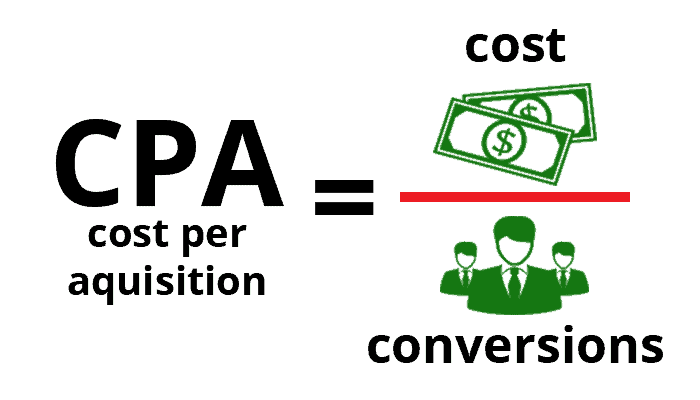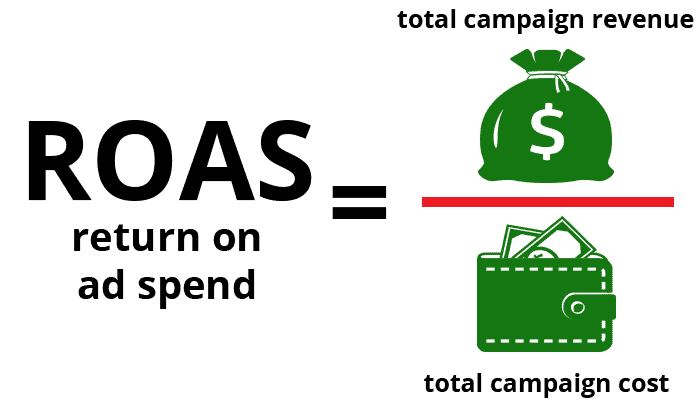With crowded mailboxes and inboxes, it can be hard to get a customer’s attention. Customer preference has changed over the years, but most still want to stay in the loop of current events. That’s why thousands of companies across the world use business texting to reach their audiences.
A recent study showed that up to 98% of SMS messages are opened, compared to just 20% of emails. Plus, 75% of people suggested that they’d be happy to receive a promotional offer via SMS.
Here are our top 5 ways to use business texting
1. Reminders and Scheduling.
One of the most useful startup business text links is allowing folks to schedule something and set reminders through text messages. Some folks rely on their staff to manually make phone calls to remind customers of upcoming appointments, or to ask if they’re going to be late. With an automatic text-based scheduling, you can remind customers of an upcoming appointment and allow them to confirm upcoming appointments automatically.
Your contacts would probably prefer to text than pick up a phone call anyway.
2. Payment and Billing
People are switching to online and mobile payment methods for everything from their bank accounts, car payments, insurance, and even daily shopping. If you offer financing where a customer can set up a regular payment to come in, an automatic text reminder can help them avoid late payments.
3. Time Sensitive Alerts
Event planners have been wildly successful using SMS messaging to engage and entertain their attendees. You can send reminders before the event, last-minute updates, and even request feedback after all your guests go home.
In the case of promotions, it’s better to wait for the biggest, hottest deals of the season to reach out in a text. Making that text shoutout is still a valuable attention-grabber.
You can even send out job alerts!
4. Text-based Customer Service.
Since so many are on mobile these days, and so many prefer texting to calling, there’s a good chance people are already trying to text your landline for customer service questions. With a good text-to-landline service, you can have those texts forwarded to a web browser. You’ll catch questions that were previously lost, and invite possible customers to reach out with SMS instead of by calling directly.
You can also just offer customer service via text message. Instead of keeping them on hold on the phone, let them text a question and send an answer as soon as you’ve got the full picture.
5. Order Confirmations and Delivery Updates.
While massive businesses like Amazon have the ‘Order Tracking and Notifications’ thing down pat, small businesses can also do their part in keeping their customers informed. If your inventory shipment schedule is a generally small, this could be a manual process. However, certain inventory systems allow you to integrate with business text messaging services to provide automatic updates to your clients.
—
Business texting services may take a bit of getting used to, but they’re a valuable asset for any size business. Automating promotional messages, event alerts, and schedule reminders can take some of the burden off your employees, freeing them up to do other things.
Texting is a powerful communication channel. Now, more than ever, people want a more secure and easier way to receive messages from businesses. With nearly 50% of the 269 billion emails sent each day ending up as spam, is it any wonder that SMS messaging is so much more effective?
If you’re interested in checking Business Texting out for your company, give us a call and we can schedule a demo for you, or just explain the services we offer.
—
Like these tips? Read some of our other free resources for local businesses! You can also reach out to us for other questions or project ideas. Our Lexington-based advertising team would be happy to look at your case and see how we can help.









